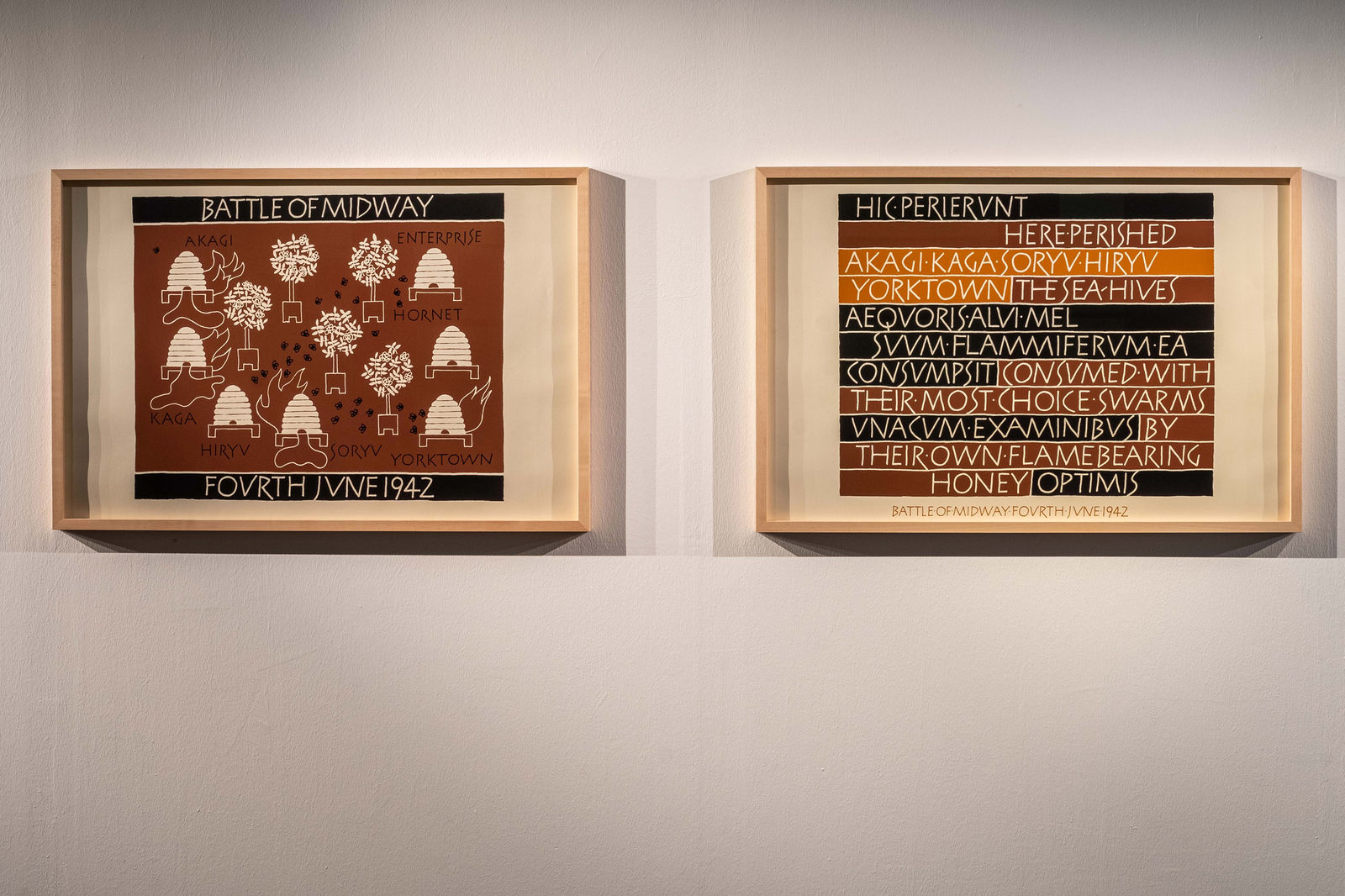Ian Hamilton Finlay
Selected prints and objects (1973–2003)

Ian Hamilton Finlay, selected prints and objects, 1973–2003, installation view, Künstlerhaus, Halle für Kunst & Medien, Graz, photo: Mathias Völzke

Ian Hamilton Finlay, selected prints and objects, 1973–2003, installation view, Künstlerhaus, Halle für Kunst & Medien, Graz, photo: Mathias Völzke

Ian Hamilton Finlay, selected prints and objects, 1973–2003, installation view, Künstlerhaus, Halle für Kunst & Medien, Graz, photo: Mathias Völzke

Ian Hamilton Finlay, selected prints and objects, 1973–2003, installation view, Künstlerhaus, Halle für Kunst & Medien, Graz, photo: Mathias Völzke

Ian Hamilton Finlay, Neoclassicism Needs You, postcard, 1983, courtesy the Estate of Ian Hamilton Finlay
Ian Hamilton Finlay’s work, presented here through a selection of prints, objects, and aphorisms, revolves around the ambivalence of Neoclassicism—a style linked to the democratic ideals of the French Revolution but revived as a totalitarian aesthetic in the 20th century. Finlay daringly balances on this double edge. Fragments of Neoclassical art become visual puns, commented by lines of poetry, inscriptions, and anagrams, reflecting upon the history of the revolution and its conscription of classical art to quasi-military service. Not only does Finlay find traces of this militarization in Neoclassicism itself, he also discovers Neoclassical elements in the aesthetically beautiful machines and camouflage patterns of modern war. Finlay rarely traveled and spent most of his life working on a garden installation in Scotland facetiously named Little Sparta to contrast it with nearby Edinburgh, which is sometimes called “Athens of the North” due to its topography and its high incidence of Neoclassical architecture. It was there that he realized many of the poetic propositions shown in these prints, punctuating his rambling garden with stone tablets on trees, classical fragments, and aircraft-carrier bird platforms. In the present context, the outward conservatism and defiant radicalism of his work comments on the urban myth that Graz’s Künstlerhaus was a gift from the British occupation forces.
20.9.–28.11.19
Künstlerhaus, Halle für Kunst und Medien
Burgring 2
8010 Graz
♿ Venue accessible for wheelchairs
http://www.km-k.at
Free admission with Festival Pass from 20.9.–13.10.
Loan: The Estate of Ian Hamilton Finlay
In collaboration steirischer herbst '19 and Künstlerhaus, Halle für Kunst & Medien
Ian Hamilton Finlay (1925, Nassau, Bahamas–2006, Edinburgh, Scotland) was a poet, writer, artist, and gardener. His diverse body of work includes cards, books, printed matter, stone and wood sculptures, installations, and garden environments. A common thread in Finlay’s work is the inscription of language on objects, fusing modernist concrete poetry and classicist concerns.